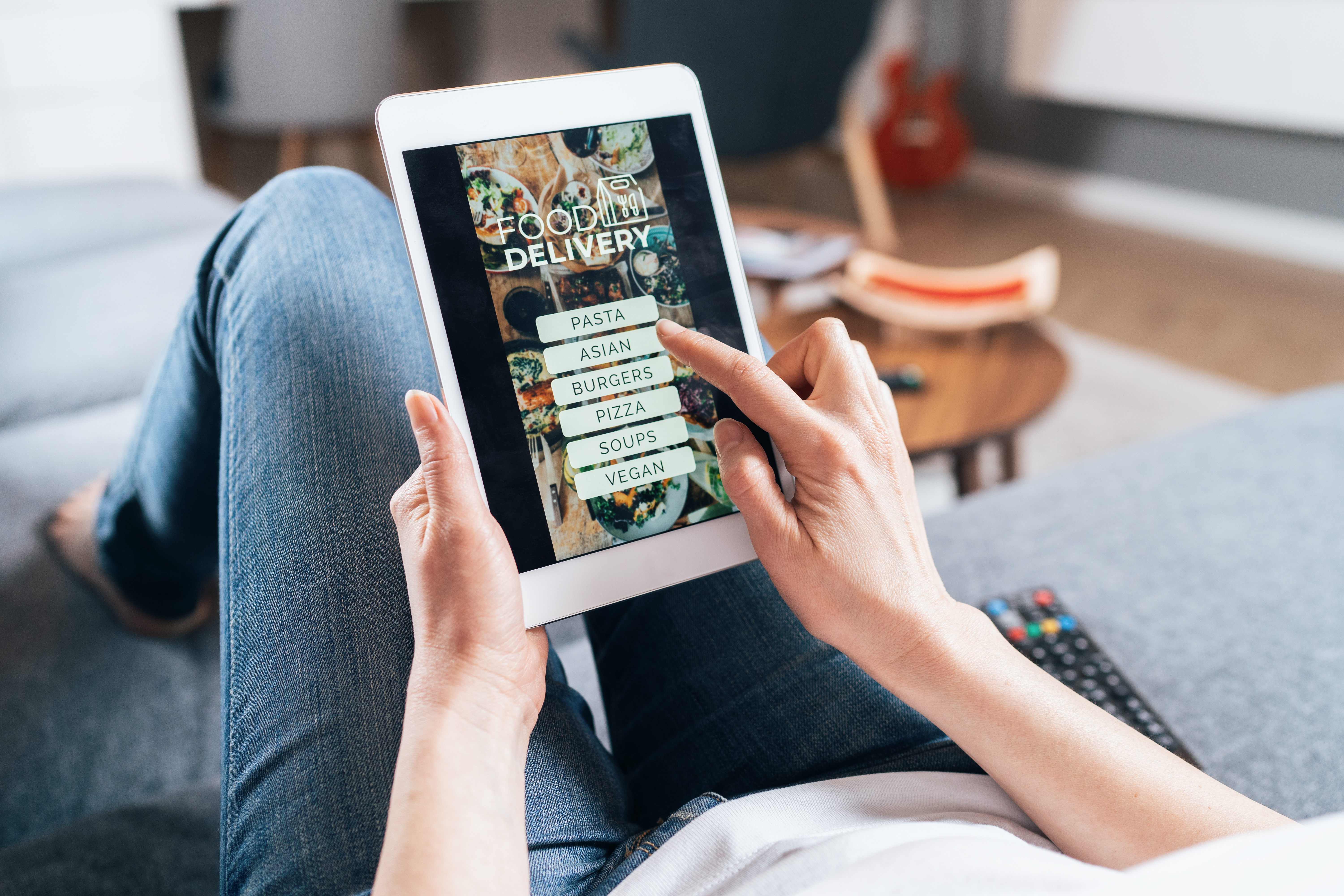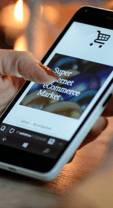Open for Business at a Distance – Softtek Digital Triage

This is post #3 of the series, “Business in the era of Covid-19”
For several years, digital has been a prominent catalyst for companies to gain a competitive advantage and adapt to needs and wants of today’s consumer. However—despite the digital revolution chaperoning some of the most drastic changes in the modern business environment— when we boil it down, it’s still one channel in a grab bag of strategies upon which to capitalize.
Well, until now.
With the measures to contain the pandemic resulting in the (temporary but undefined) closure of many brick and mortar businesses, Covid-19 is perhaps the most potent accelerator of digital expansion the world has seen.
Using rock climbing as an analogy, digital used to be like chalk. It made climbing easier, but you could still climb without it. Now, digital is the foothold keeping you from falling.
Digital Readiness
 Companies vary in their preparedness to infuse business with technology. Digital native companies enter the market already boasting smooth interfaces and excellent APIs. In stark contrast, a supermarket franchise from which I tried to place an online order for my mother a few months back, was filled with issues. Several failed attempts at filling the “Cart” later, after the purchase was made there was no estimation of when the groceries would arrive – they finally came several days later. Think of a time you interacted with a defective digital interface. What kind of company was it?
Companies vary in their preparedness to infuse business with technology. Digital native companies enter the market already boasting smooth interfaces and excellent APIs. In stark contrast, a supermarket franchise from which I tried to place an online order for my mother a few months back, was filled with issues. Several failed attempts at filling the “Cart” later, after the purchase was made there was no estimation of when the groceries would arrive – they finally came several days later. Think of a time you interacted with a defective digital interface. What kind of company was it?
An organization’s digital readiness falls into a spectrum. There is something on the digital front for everybody, but as technology and logistics director of UNCTAD, Shamika Sirimanne, said, “we need to ensure that we do not leave those who are less digitally equipped even further behind in a post-coronavirus world.”
What’s being done?
To say that companies with fewer digital channels are inferior isn’t a fair assessment across the board. Movie theatres, nail and hair salons, restaurants, gyms, etc.—all of whom could certainly benefit from creating new digital experiences for their customers— do not traditionally create a lot of revenue streams in this way.
But for now, they’re left with no choice. And a recent poll conducted by Washington Post and University of Maryland indicates that Americans are most reluctant about the reopening of those four non-essential businesses as it relates to coronavirus spread.
Let’s walk through a few examples of how this is being done to adapt to the current situation.
Restaurants
Softtek has been working with one of the top quick-service restaurant chains to optimize operations and mitigate impact on profitability.
Takeout and online ordering: Delivery apps offer restaurants a lifeline—at a cost, which can range from 10% to 40%, according to this NPR report. Making matters worse is that while customers are rejoicing in waived delivery fees for many orders… there’s no coronavirus-related change to delivery commissions. Restaurants are thus suffering two painful blows: one to their sit-down sales and another to their (already injured) cost structure. Through the creation of a highly personalized application, customers can access their favorite meals and opt for delivery or pickup, directly from the restaurant. This helps restaurants, at a store level, to continue to reduce costs associated with selling through third-party services.
Store-level optimization through a centralized monitoring platform (CMP): Real-time insight of consumer behavior (spending habits, regional consumption patterns, app usage) allows each store to anticipate demand and thus optimize their menu. Additionally, improved supply chain oversight helps protect revenue by reducing delivery time and minimizing out-of-stock and order cancellation, something that has independently grown in importance due to things like the coronavirus-related meat shortages.
Fitness chains
In one of our recent webinars about navigating business in the new normal, “From Brick and Mortar to Digital Business at Record Pace,” we meet Josh Rosenfeld of 24HR Fitness’s Digital Operations area. Josh explains that despite the dramatic impact of coronavirus on the largest privately-owned gym brand in the US, the company had been doing digital transformation for some time, transitioning from being a fitness club to becoming a true wellness platform.
24GO: The closure of over 400 clubs due to social distancing measures put more pressure on boosting what they were already doing on the digital front. This includes strengthening the 24GO platform, a concept created to inspire fitness whenever, wherever, through the 24GO app and a 24/7 workout livestream on YouTube. These services are free for the general public, a strategy ideated to strengthen the company’s future market reach. Furthermore, they are extremely comprehensive, boasting 1500+ recorded workouts, virtual group training and other live offerings, a powerful scheduling service, progress tracking, personalized plans, and much more. There is nothing good about coronavirus, but as Josh concluded in the webinar, “a lot of these things are going to progress over as we start to reopen, so we’re really setting ourselves up very well in the virtual space.”
Cinemas
The world’s third largest movie theater chain, Cinépolis— with its 850+ cinemas spread across 18 countries— has created a cutting-edge movie-going experience throughout almost 50 years of operation. That is, until COVID-19 cinema closures brought the company’s multimillion-dollar daily revenues down to zero overnight.
Online streaming: For the time being, online streaming is the only way to stay in touch with customers. Thus Cinépolis Klic, an OTT media service that has existed since 2013, was revamped for 2020 to include new debuts, cross-platform compatibility and other modern features. As Cinépolis CIO Gabriel Morales mentions in the webinar, providing this option is also expected to enhance the customer relationship for the coming years, and segue further expansion into other business territories, such as the in-home experience.
Touchless experience ready: Cinépolis wants to responsibly and efficiently reopen cinemas as governments lift restrictions. As such, patrons will be able to plan their entire cinema experience from a mobile device, from food and drink sales to seat selection and loyalty program redemption. A system will also be in place to have real-time theater oversight, assuring customers that no theater will fill beyond post-coronavirus social distancing recommendations.
Digital Triage
Little did we know that the digital plans and investments that most companies were planning for an eventual future, would suddenly become pertinent to mere sustainability from one day to the next. For companies struggling with declining brick and mortar business channels or overloaded digital legacy systems, the good news is that with today’s technologies, we can at the very least help businesses stay afloat during a transition period of recovery—and at the very best, help them hit the ground running in exciting new business territory.



